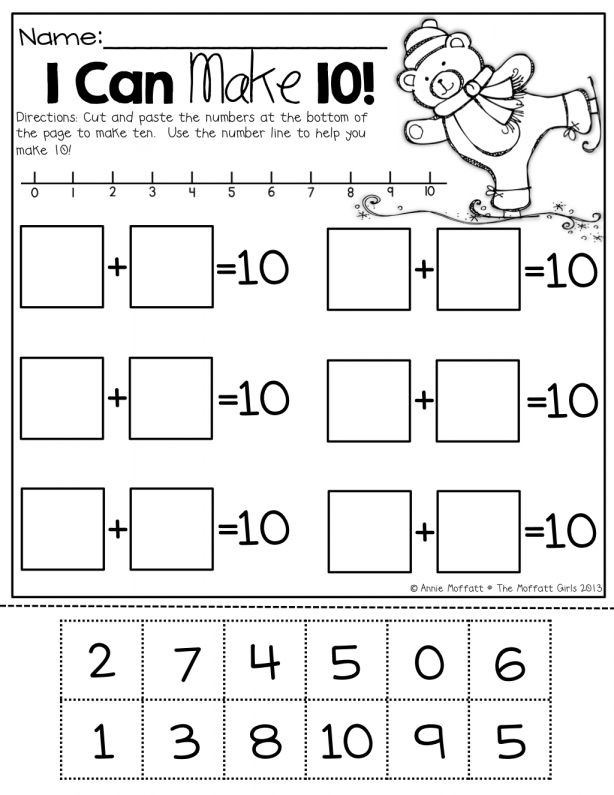5 Essential A&P Directional Terms Explained

Understanding anatomy and physiology involves navigating through the complex structure of the human body, which requires a solid grasp of directional terminology. These terms are not just jargon; they are essential for accurately describing the location and orientation of various anatomical structures. Here, we'll delve into five critical directional terms in anatomy and physiology (A&P) that every student should master:
1. Superior vs. Inferior

The terms superior and inferior define the vertical position of body parts relative to each other:
- Superior indicates a position that is closer to the head or higher up on the body. For instance, the heart is superior to the diaphragm.
- Inferior points to a position that is lower down or closer to the feet. The liver, for example, lies inferior to the heart.
Knowing these terms is crucial for understanding spatial relationships and discussing anatomical features in a manner that is universally recognized.
2. Anterior vs. Posterior

These terms describe the front and back of the body:
- Anterior, or ventral, refers to the front of the body or any part towards it. For instance, the chest is anterior to the spine.
- Posterior, or dorsal, indicates the back or rear part of the body. The back of the head is posterior to the eyes.
Using these terms helps clinicians and students describe the relative position of structures from the front to the back of the body, aiding in diagnosis and treatment planning.
3. Medial vs. Lateral

These terms focus on the side-to-side position of structures:
- Medial refers to a structure closer to the midline of the body. An example would be the nose, which is medial to the ears.
- Lateral indicates structures further away from the midline. The arms are lateral to the chest.
This terminology is vital for precise communication about body structures, particularly in surgical procedures or when describing injuries.
4. Proximal vs. Distal

When discussing limbs or appendages, proximal and distal describe the relative closeness to the point of attachment:
- Proximal points towards the origin of the limb or the trunk. The elbow is proximal to the wrist.
- Distal denotes further away from the trunk or point of attachment. The fingers are distal to the wrist.
Understanding these terms is not only helpful in human anatomy but also in veterinary medicine when dealing with appendicular skeletons.
5. Superficial vs. Deep

Lastly, when discussing the depth of structures within the body:
- Superficial means closer to the surface of the body. For example, the skin is superficial to the muscles.
- Deep indicates structures that are further away from the body's surface, like the bone marrow being deep to the muscle layers.
These terms are crucial in understanding the layers through which a surgeon or medical professional might have to traverse to reach the desired organ or tissue.
📌 Note: All directional terms are based on the anatomical position, where the body is standing upright, feet forward, palms facing forward, and thumbs pointing away from the body.
In mastering these directional terms, students and professionals can communicate more effectively about the body's anatomy, making their descriptions precise and universally understood. These terms enhance comprehension of medical procedures, imaging, and patient care, ensuring that all parties involved have a clear, accurate understanding of the body's spatial organization. By familiarizing oneself with these terms, not only does one gain a better grasp of anatomy, but they also improve their ability to convey anatomical information efficiently.
Recapping our journey through essential A&P directional terms, we've explored how:
- Superior and inferior help us understand vertical positioning within the body.
- Anterior and posterior allow for differentiation between front and back structures.
- Medial and lateral define side-to-side positioning.
- Proximal and distal apply to limbs relative to their points of attachment.
- Superficial and deep clarify the depth of body structures.
With this knowledge, you are better equipped to dissect anatomical relationships, making learning anatomy not just about memorizing facts but understanding a living, dynamic system.
Why is it important to use anatomical directional terms?

+
Anatomical directional terms provide a standardized language to describe the location and orientation of body parts. This precision ensures clarity in communication among medical professionals, aiding in diagnosis, treatment, and educational purposes.
Can these terms change based on the patient’s position?

+
No, anatomical directional terms are always based on the standard anatomical position, regardless of the actual position of the body or patient. This ensures consistency in description.
How do these terms help in clinical settings?

+
These terms are crucial for accurately locating organs, describing injuries, planning surgeries, and interpreting medical imaging. They enable healthcare providers to communicate effectively about the patient’s anatomy without ambiguity.
What if a structure has both medial and lateral aspects?

+
If a structure spans across the midline, it can be described as having both medial and lateral portions relative to the body’s midline. For example, the pancreas has a medial part near the midline and extends laterally.
Do these directional terms apply to all vertebrates?

+
Yes, these directional terms are universally applicable to vertebrates, although specific adaptations might mean some terms are less commonly used in certain species due to anatomical differences.



